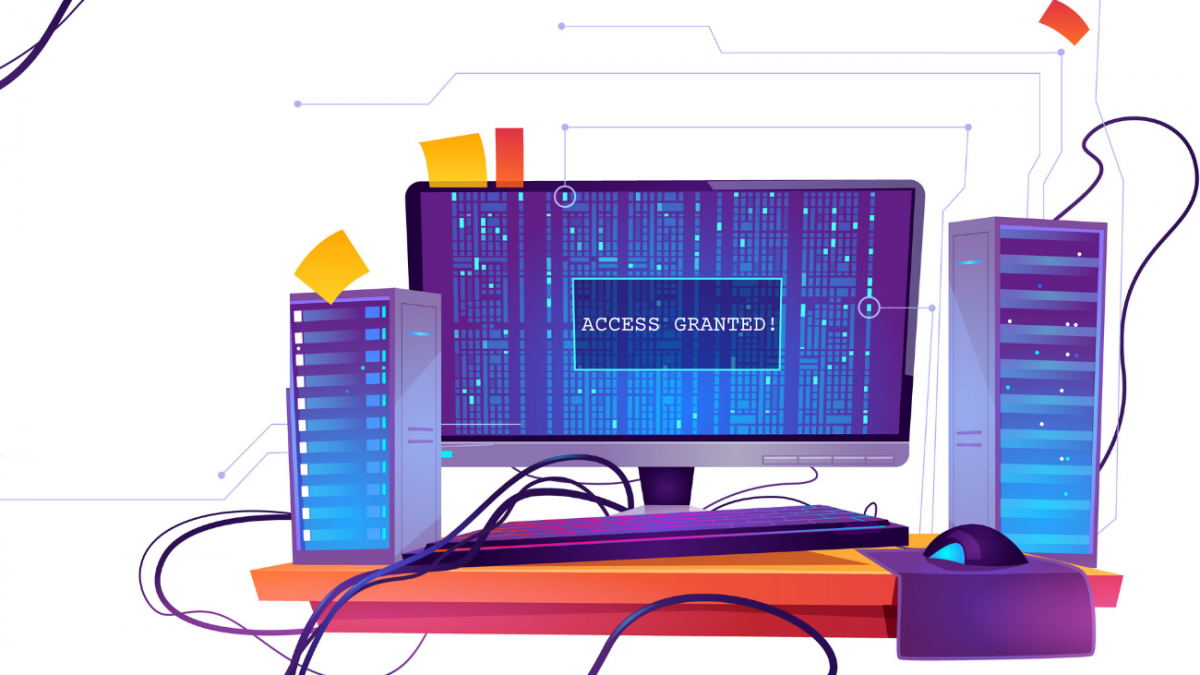- Mail:
- info@digital4pro.com
What Tier for our Data Center?

Quale Tier per il nostro Data Center?
6 Ottobre 2020
L’arte di comunicare secondo Cicerone
7 Ottobre 2020The 4 tiers of Data Centers
The Uptime Institute tier classification is certainly among the most widespread in the world of data centers. The classification establishes four levels of data center infrastructure (Level I, Level II, Level III, and Level IV) and performance confirmation tests to determine compliance with the definitions.
Tier ratings describe the site-level infrastructure topology required to support data center operations, not the characteristics of individual systems or subsystems.
Data centers depend on the smooth operation and integration of numerous separate subsystems, the number of which depends on the individual technologies (such as power generation, refrigeration, uninterrupted energy sources) selected to support operations.
| Availability | hours of outage/year | Redundancy | |
|---|---|---|---|
| Tier I | 99,67% | 28,8 | No One |
| Tier II | 99,75% | 22 | Partial |
| Tier III | 99,982% | 1,6 | N+1 |
| Tier IV | 99,995% | 0,8 | 2N+1 |
Compliance with the requirements of each tier is measured through confirmatory tests based on operational results and impacts. This measurement method differs from a prescriptive design approach or a checklist of required equipment.
The purpose of this standard is to provide design professionals, data center operators, and managers with an objective and effective tool for identifying the expected performance of the different infrastructure design topologies of data center sites.
1 Level I: basic topology
1.1 The requirements at a glance
A basic Tier I data center has non-redundant components and a single non-redundant deployment path that serves the IT environment. Tier I infrastructure includes:
- a dedicated space for IT systems;
- a UPS to filter power peaks and momentary power outages;
- dedicated cooling equipment;
- On-site power generation (e.g. genset, fuel cell) to protect IT functions from prolonged power outages.
A basic Tier I data center has twelve hours of fuel storage for on-site power generation.
1.2 The performance confirmation tests
The capacity is sufficient to meet the needs of the site.
Planned maintenance will require the closure of most or all of the site infrastructure systems affecting the critical environment, systems and end users.
1.3 The operational impacts
The site is susceptible to disruption from both planned and unplanned activities. Operational (human) errors on site infrastructure components will cause a data center outage.
An unexpected outage or failure of any system, component or deployment item will impact your IT environment.
The site infrastructure must be completely closed on an annual basis to safely perform the necessary preventive maintenance and repairs. Urgent situations may require more frequent arrests. Failure to perform regular maintenance significantly increases the risk of unplanned outages as well as the severity of the consequences.
2 Level II: redundant components
2.1 The requirements at a glance
A Tier II data center has redundant components and a single, non-redundant distribution path serving the IT environment. Redundant components are on-site extra power generation (e.g. genset, fuel cell), UPS modules and energy storage, chillers, heat dissipation equipment, pumps, cooling units, and fuel tanks.
A Tier II data center has twelve hours of on-site fuel storage for “N” capacity.
2.2 The performance confirmation tests
Redundant components can be removed from service on a scheduled basis without causing any IT environment to shut down.
Removing deployment paths from service for maintenance or other activities requires shutting down the IT environment.
Permanent installed capacity is sufficient to meet site needs when redundant components are removed from service for any reason.
2.3 The operational impacts
The site is susceptible to disruptions from both planned activities and unplanned events. (Human) operational errors on the site’s infrastructure components can cause loss of service.
An unplanned outage or failure of any system or distribution element will impact the IT environment.
The site infrastructure must be completely closed on an annual basis to safely perform preventive maintenance and repair work. Urgent situations may require more frequent arrests. Failure to perform regular maintenance significantly increases the risk of unplanned outages as well as the severity of the consequences.
3 Level III: site continuously maintainable
3.1 The requirements at a glance
A continuously manageable data center has redundant components and multiple independent distribution paths that serve the IT environment. A deployment path is required to serve the IT environment at any time.
The power backbone is defined as the electrical power distribution path from the outlet of the on-site power generation system (e.g. genset, fuel cell) to the inlet of the IT UPS and the power distribution path which serves critical mechanical equipment. The mechanical distribution path is the distribution path necessary to dissipate heat from the IT space to the external environment such as chilled water pipes, condenser water pipes, refrigerant pipes …
All IT equipment is dual-powered and properly installed to be compatible with the site architecture topology. Transfer devices, such as point-of-use switches, should be adopted for critical environments that do not meet this requirement.
A Tier III data center has twelve hours of on-site fuel storage for “N” capacity.
3.2 The performance confirmation tests
Each component and item in the deployment paths can be removed from the service on a scheduled basis without affecting the IT environment.
Permanent installed capacity is sufficient to meet site needs when redundant components and distribution paths are removed from service for any reason.
3.3 The operational impacts
The site is susceptible to disruption due to unplanned activities. Failures in the operation of the site infrastructure components can cause an interruption of the service.
An unexpected outage or failure of any system can impact your IT environment.
An unplanned outage or failure of a component or deployment item can impact your critical environment.
Planned maintenance of the site infrastructure can be performed using redundant capacity components and deployment paths to work safely on the remaining equipment.
During maintenance activities, the risk of interruption can be high.
4 Level IV: fault tolerant site
4.1 The requirements at a glance
A fault-tolerant data center has multiple, independent, physically isolated systems that provide redundant capacity components and multiple, independent, diverse, and active distribution paths that simultaneously serve the IT environment.
The redundant capacity components and the various distribution paths must be configured in such a way that the “N” capacity provides power and cooling to the IT environment after any infrastructure failure.
All IT equipment is dual powered with a unit internal fault tolerant power design and is installed in full compatibility with the site architecture topology. Transfer devices, such as point-of-use switches, should be adopted for critical environments that do not meet this specification.
Complementary systems and distribution paths must be physically isolated from each other, i.e. compartmentalized, to avoid that any single event has a simultaneous impact on both systems or distribution paths.
Continuous cooling is required. Continuous cooling provides a stable environment for all critical spaces within the ASHRAE maximum temperature variation for IT equipment, as defined in the Thermal Guidelines for Data Processing Environments. Also, the duration of continuous cooling should be such that it provides cooling until the mechanical system provides nominal cooling under extreme environmental conditions.
A Tier IV data center has twelve hours of on-site fuel storage for the “N” capacity.
4.2 The performance confirmation tests
A single failure of any system, component or deployment item will have no impact on the IT environment.
The infrastructure control system demonstrates an autonomous response to a failure, supporting the IT environment.
Each component and item in the deployment paths can be removed from the service on a scheduled basis without affecting the IT environment.
The capacity is sufficient to meet the needs of the site when redundant components or distribution paths are removed from the service for any reason.
Any potential failure must be able to be detected, isolated and contained while maintaining the N capacity on the critical load.
4.3 The operational impacts
The site is not susceptible to being disrupted by a single unscheduled event.
The site is not susceptible to interruption from any planned work activity.
Maintenance of the site infrastructure can be performed using the redundant capacity of components and distribution paths to work safely on the remaining equipment.
During maintenance activity where redundant capacity components or a distribution path are closed, the critical environment is exposed to an increased risk of disruption in the event of a failure on the remaining path. This maintenance configuration does not exceed the level of protection achieved in normal operations.
Operation of the fire alarm, fire suppression, or emergency power off (EPO) function can cause a data center outage.
Bibliografia:
- Handbook – Fundamentals, ASHRAE
- Thermal Guidelines for Data Processing Environments, ASHRAE
- www.uptimeinstitute.com




